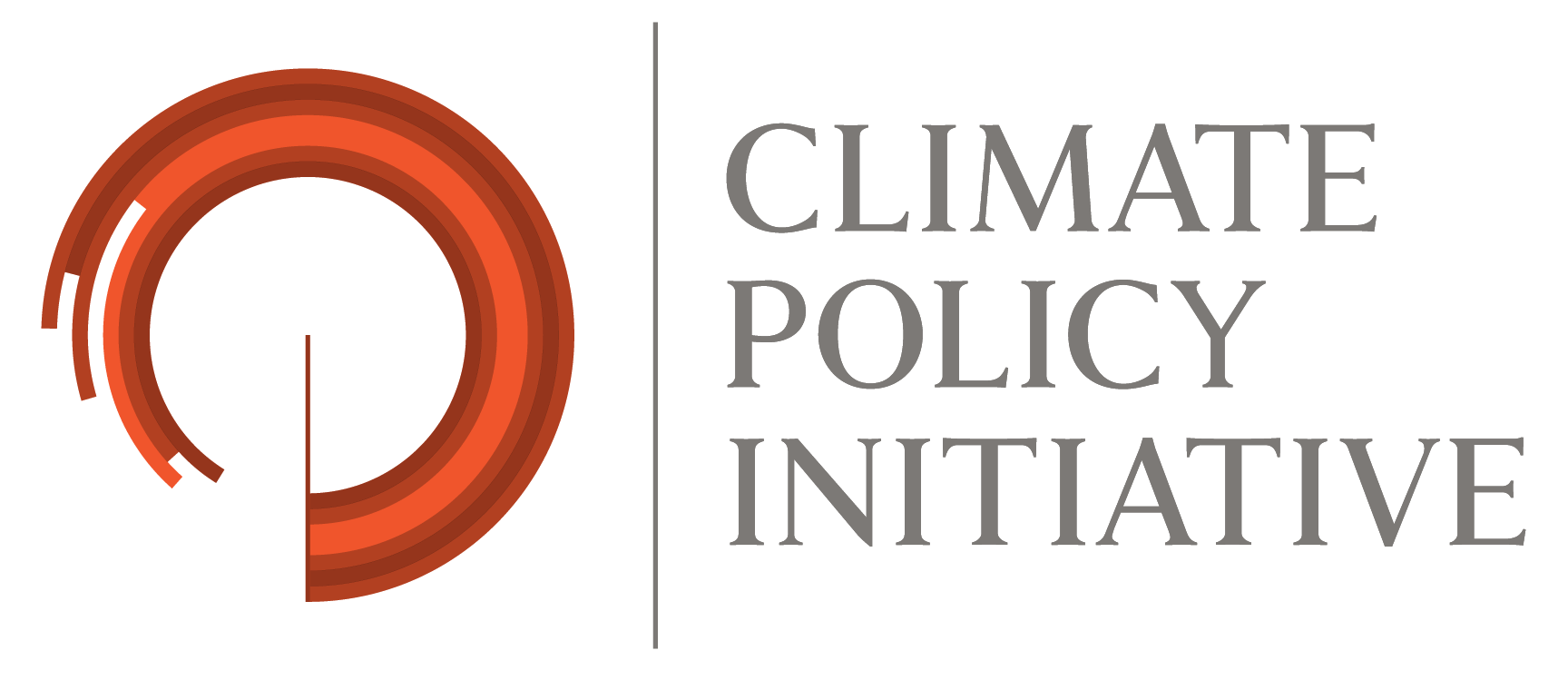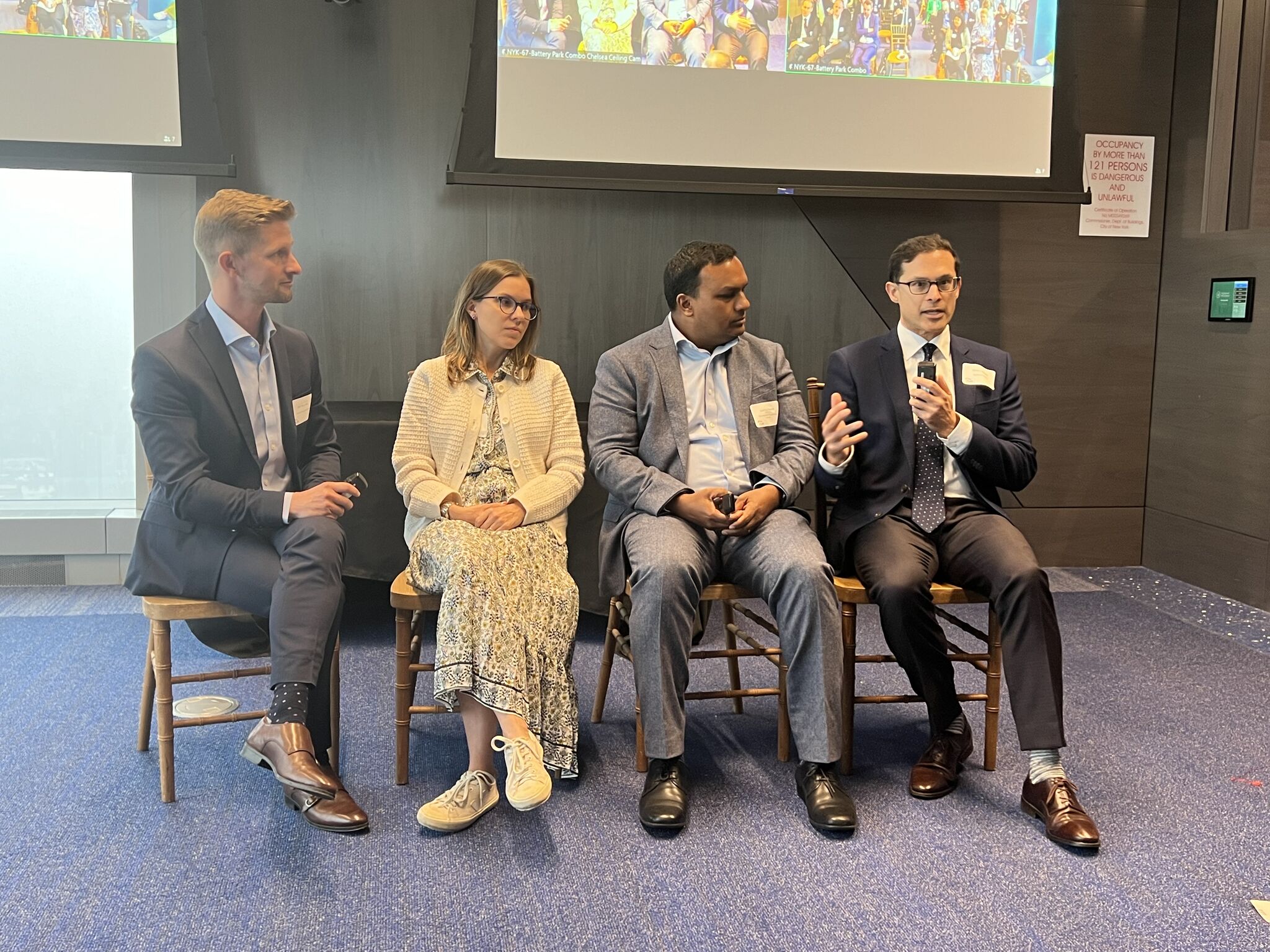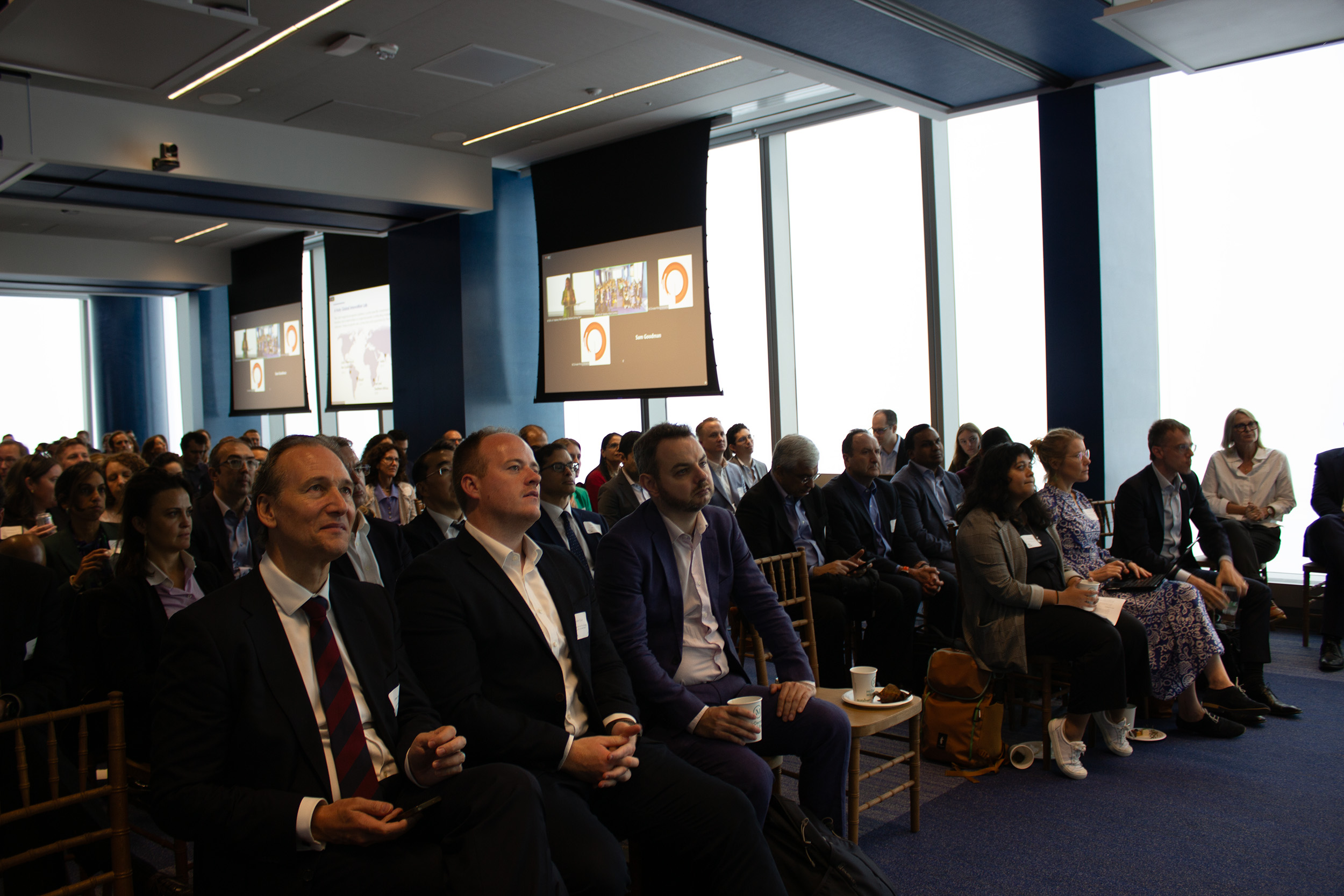During the Lab Summit at New York Climate Week, Barbara Buchner, Global Managing Director of Climate Policy Initiative, and Paul Bodnar, Director of Sustainable Finance, Industry, and Diplomacy at the Bezos Earth Fund, reflected on the Lab’s journey over the past decade. Established to bridge public and private finance to tackle climate change, the Lab has grown from pioneering into a transformative network.
In this fireside chat, Bodnar, a driving force behind the Lab’s inception, and Buchner discussed the Lab’s systemic role, lessons learned from scaling climate finance initiatives, and the emerging priorities and untapped partnerships needed to meet the increasing global demand for climate solutions.
What follows is an edited transcript of Buchner and Bodnar’s conversation.
Barbara Buchner: Paul, you were, as mentioned before, involved from the very beginning. You were one of the people who pushed me to refine our original idea around the Lab. For those who aren’t aware, the Lab formally launched after being invited to the U.S. Climate Finance Ministerial. Paul was a key contributor to this effort, so I’ll hand it over to you for your reflections on what you envisioned for the Lab over ten years ago, and perhaps also a bit on where we stand today.
Paul Bodnar: When we started this journey, there was just a trickle of ideas on climate finance, but we knew that it would soon become a flood.
What’s unique about the Lab, and what we envisioned from the start, was an initiative with a systemic role: supporting the development, testing, and implementation of impactful ideas in a fundamentally bottom-up way.
Ideas need champions. Many of us spend years refining just one idea, sharing it with everyone we meet. So, we needed something to democratize ideas—an inclusive but competitive process that identifies the most promising ones and brings everyone together to help them succeed.
The Lab has stayed true to that vision, consistently playing this systemic, bottom-up role. This approach—a cornerstone of the Lab’s work—has enabled us to achieve significant milestones and make a real impact on climate finance.
Barbara Buchner: Getting these initiatives off the ground needed, and still requires a strong champion. One reflection is the importance of having a core group of governments, like the UK, US, and Germany, involved from the beginning to create a safe space—outside of the UN—to drive this type of innovation. At the time, there wasn’t much focus on private finance within UN negotiations, so fostering an environment that prioritized it was key.
Public and private sectors have been essential to the Lab’s success. We’ve seen progress on specific initiatives, but I’d love to hear from you on what more could be done. How can we improve coordination, and are there any lessons you’d like to share on where we should focus next?
Paul Bodnar: I think we’ve made significant progress, with a lot of momentum and innovation in blended finance. Many of the creative instruments developed here have gained traction, but it’s clear we still have a long way to go. The big question is: how can we scale up these efforts enough to meet the demand?
You can increase the number of ideas, boost concessional financing from governments, and tighten processes across the system. However, the real challenge is figuring out how to take effective but small-scale initiatives and blended finance vehicles and scale them up a hundredfold.
For example, I was involved at BlackRock in the Climate Finance Partnership. We secured catalytic funding from DFIs and philanthropies and provided institutional investors with access to emerging markets with clean energy at OECD-level risks. While successful, the negotiation took quite a while. Every blended finance vehicle seems like a bespoke creation, tailored for specific investors and stakeholders.
For the next decade, the challenge is to apply what we’ve learned from the 78 instruments the Lab has supported and amplify our impact to a far greater scale. While there’s a lot of talk about reforming climate finance and MDBs, I believe the Lab community is uniquely positioned to take meaningful action here. We are the cavalry, and it’s up to us to consider how to effect system-level change.
Two ideas that I think could contribute include establishing green investment banks in emerging markets and developing a “Deal Team for the Planet.” Green investment banks could serve as a replicable model, creating a locally-owned, commercially-operated climate finance system where international climate finance is more wholesale rather than retail, led by local leadership.
The “Deal Team for the Planet” would function like an investment banking arm for climate finance. There’s currently no equivalent role within climate finance, which creates silos. This deal team could bring together MDBs, DFIs, commercial banks, and asset managers to drive critical climate finance projects forward.
Barbara Buchner: We’ve been considering this last topic extensively. Our main question is: How can the Lab and its impressive network work together to strengthen domestic markets and leverage them even further? How can we achieve that?
The two ideas you mentioned are absolutely on our radar. We may even initiate smaller group discussions around them. One ongoing challenge for the Lab has been balancing innovation in harder sectors with achieving the necessary scale. We’re increasingly focused on wholesale, more programmatic approaches—how can we unlock private capital at scale and engage investors who aren’t yet part of the conversation?
A final question: Are there any specific stakeholders or groups we still need to include in the room? Do you see opportunities to involve others in these discussions or raise awareness of opportunities?
Paul Bodnar: First of all, take a moment to celebrate all that you’ve accomplished. We had big hopes and ambitions for the Lab, but we never could have predicted the level of impact you’ve achieved. Running a vision like this consistently and successfully requires a delicate balance: engaging all stakeholders, making them feel equally invested, and maintaining focus on instrumental solutions while thoughtfully localizing efforts. The creation of regional and national Labs is a particularly valuable innovation.
Looking ahead, if there’s one group we might consider bringing further into the fold, it’s the “missing players” in climate finance—the insurance sector and sovereign wealth funds, which still have untapped potential here. Alongside them, corporates are increasingly crucial, as much of the financing will inevitably come from corporate balance sheets. Increasing their involvement could be transformative for scaling the Lab’s impact.



